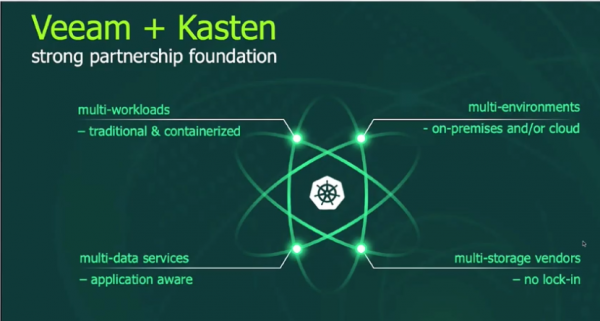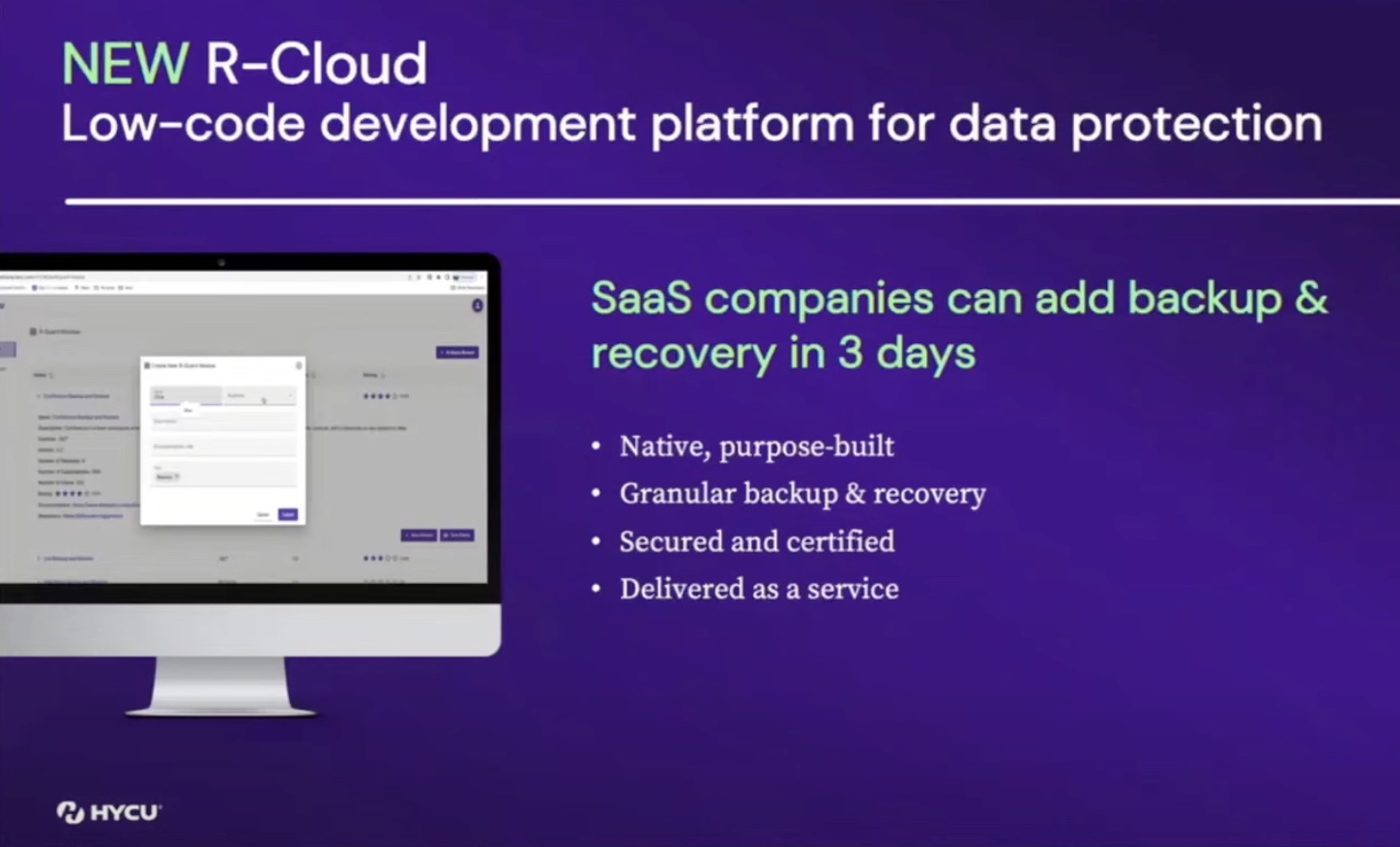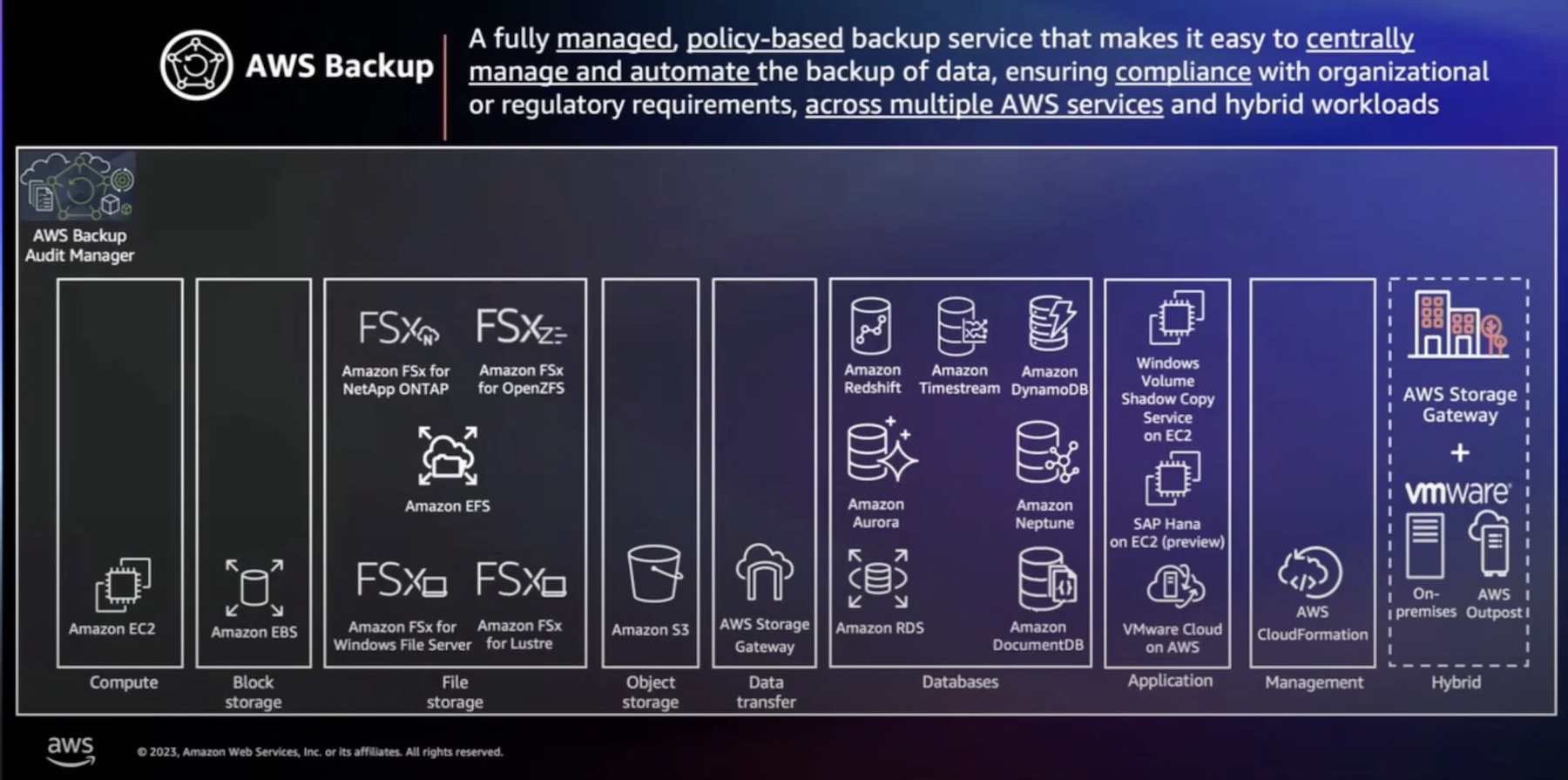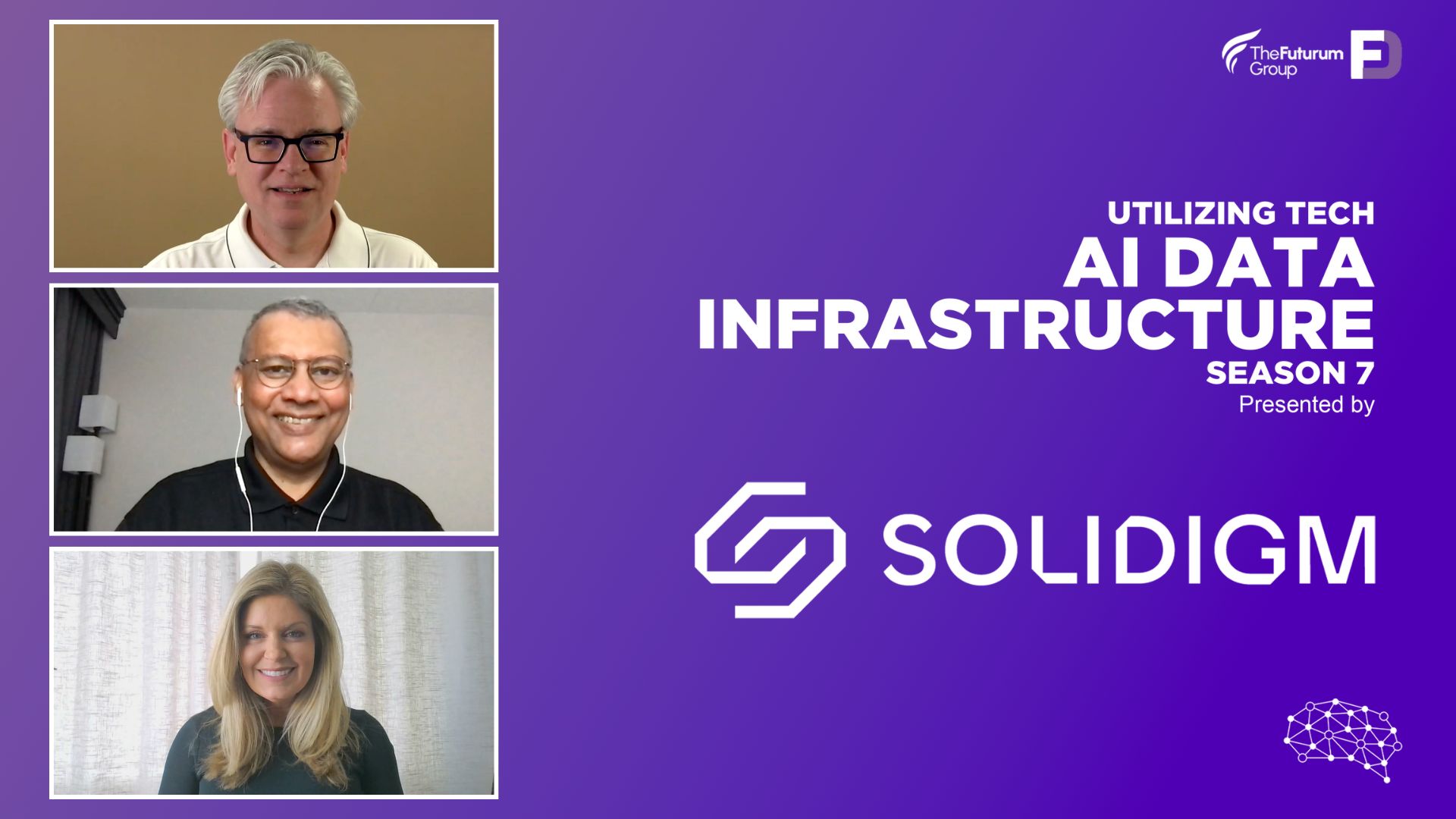There are few players in the data protection space as well-known as Veeam. Its product started as a backup solution for VMware workloads and has grown into an entire suite of data management solutions. Veeam’s success as a backup solution provider has carried it through “Act I” of its company’s journey.
At Tech Field Day last December, Veeam laid out its plans for “Act II” of its story, aggressively focusing on cloud-native solutions. As Rick Vanover, Senior Director for Product Strategy, states, its goal is to become the most trusted provider of backup solutions that deliver Cloud Data Management. It intends to accomplish this goal through the acquisition of Kasten and focusing on protecting container and cloud-native solutions.
Cloud-Native Workloads Need Backups, Too!
Data is a company’s most valuable asset. Even a small amount of data loss can be devastating to a business. Data protection is a crucial part of an on-premises data center design. As customers adopt cloud-native application design, they may not consider backup as critical. In a perfect world, workloads would be ephemeral and never save data locally. Even in that perfect world, the containers and ephemeral servers need to be recoverable and protected in the event of data loss. More so, the data generated from an application still resides in a database that needs to be recoverable and protected. Despite popular opinion, backup and recovery are as important in the cloud as in the datacenter.
Veeam Looks to the Cloud
Veeam was founded in 2006, focused on protecting VMware virtual machines. They gained a reputation for backing up data and restoring it quickly and reliably. The Veeam Availability Platform is well suited for on-premises. Veeam integrates into AWS and Azure, protecting VMs, EC2 instances, and relations databases in the cloud. However, they need to pivot and adapt to the cloud-native landscape, particularly with containers. It acquired Kasten in October 2020. Kasten is a native Kubernetes protection platform designed to address data protection and mobility requirements for modern, cloud-native applications.

Kasten Propels Veeam Toward a Cloud-Native Future
Kasten’s K10 platform provides data protection and mobility for Kubernetes. The K10 platform was built natively for Kubernetes and provides backup and recovery, application mobility, and disaster recovery. The K10 platform is built around application discovery and protects the entire application stack without requiring any changes to a developer’s CI/CD workflow.
Kasten works with the Kubernetes API to discover applications. It can protect namespaced objects, along with the non-namespaced dependencies. Backing up the full application is critical to ensure a successful recovery. Kasten is operations-focused, allowing engineers to restore data and applications without worrying about missing a dependency. These backups can go a step further and be used to migrate the Kubernetes-based application from one provider to another.
K10 is aware of the differences between Amazon Elastic Kubernetes Service and Azure Kubernetes Service. Thus, it can back up an application running in AWS and restore it into Azure. Vendor lock-in is always a concern with customers, and Kasten K10 provides a solution for workload mobility.
Conclusion
Veeam Software’s Act I established the company as a well-respected, successful data center data management and protection solution. It built on top of its backup solution with monitoring and data reuse features, then turned its focus toward the cloud. As Veeam starts its Act II, its cloud-native strategy becomes clear. Enterprise customers must protect data in the cloud. However, customers can also leverage their backups to enhance mobility within a cloud or avoid vendor lock-in with cross-cloud mobility features. Kasten and the K10 platform’s acquisition sets Veeam up to be the industry leader in hybrid cloud and cloud-native backup solutions.
To learn more about Veeam’s cloud-native strategy, watch its videos from Tech Field Day.




